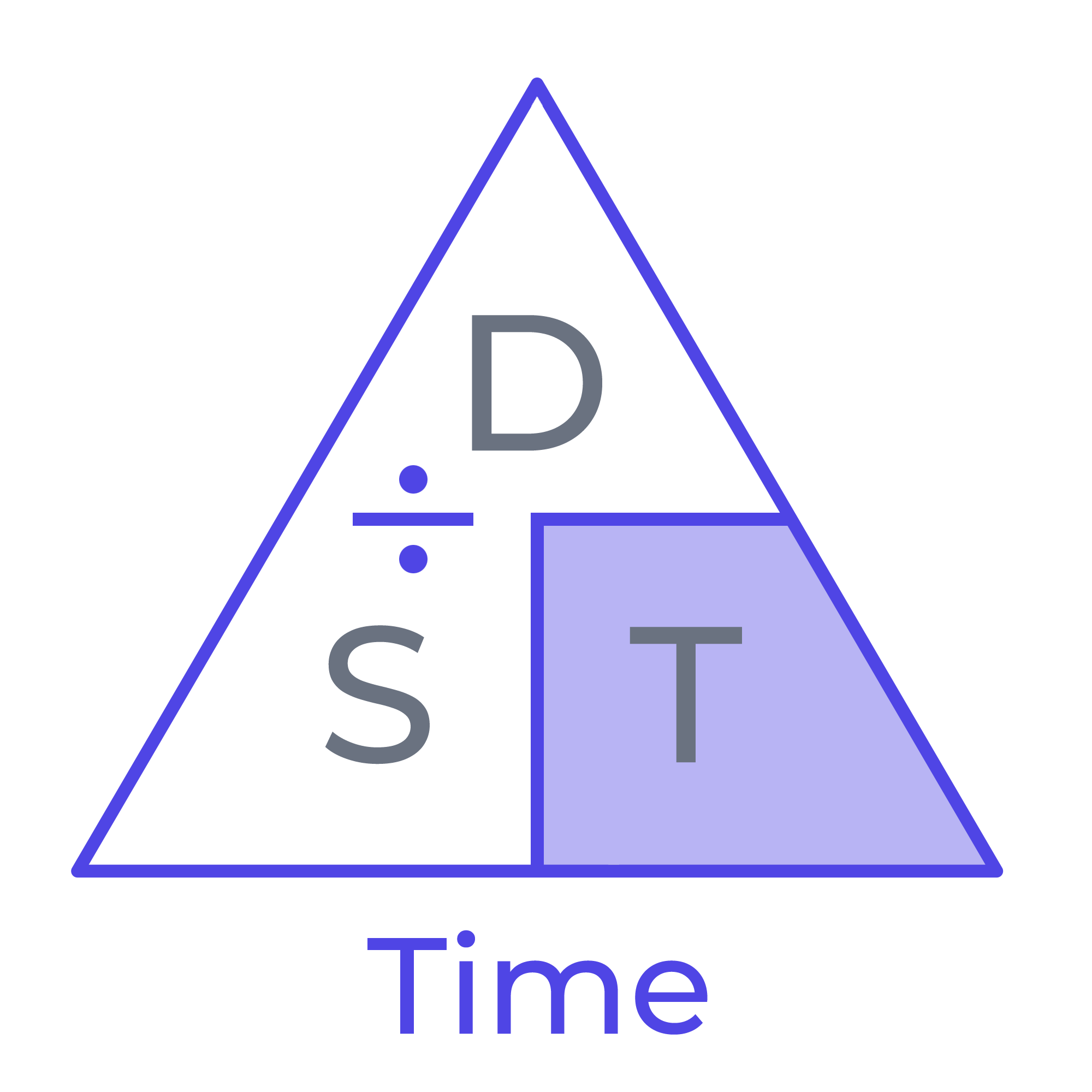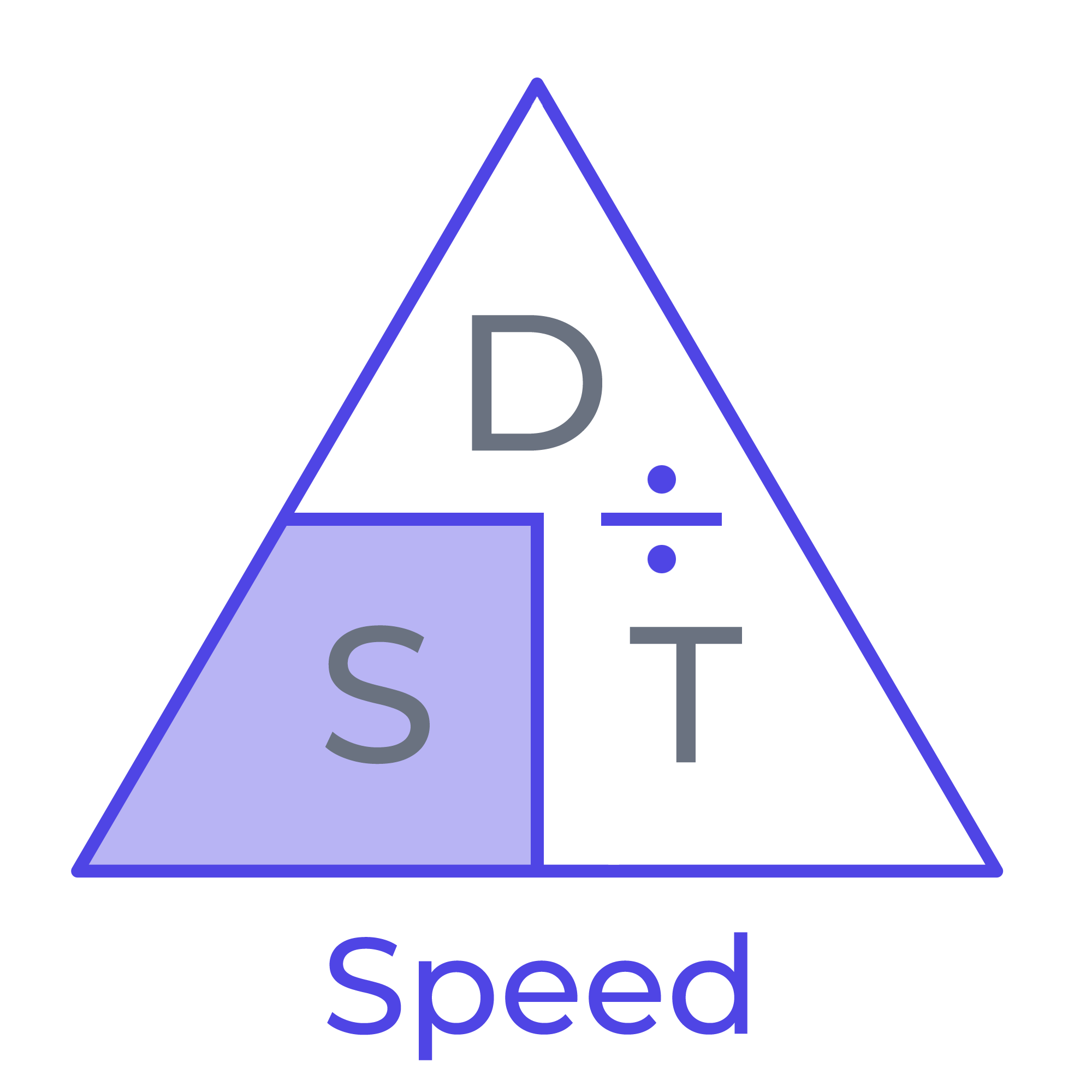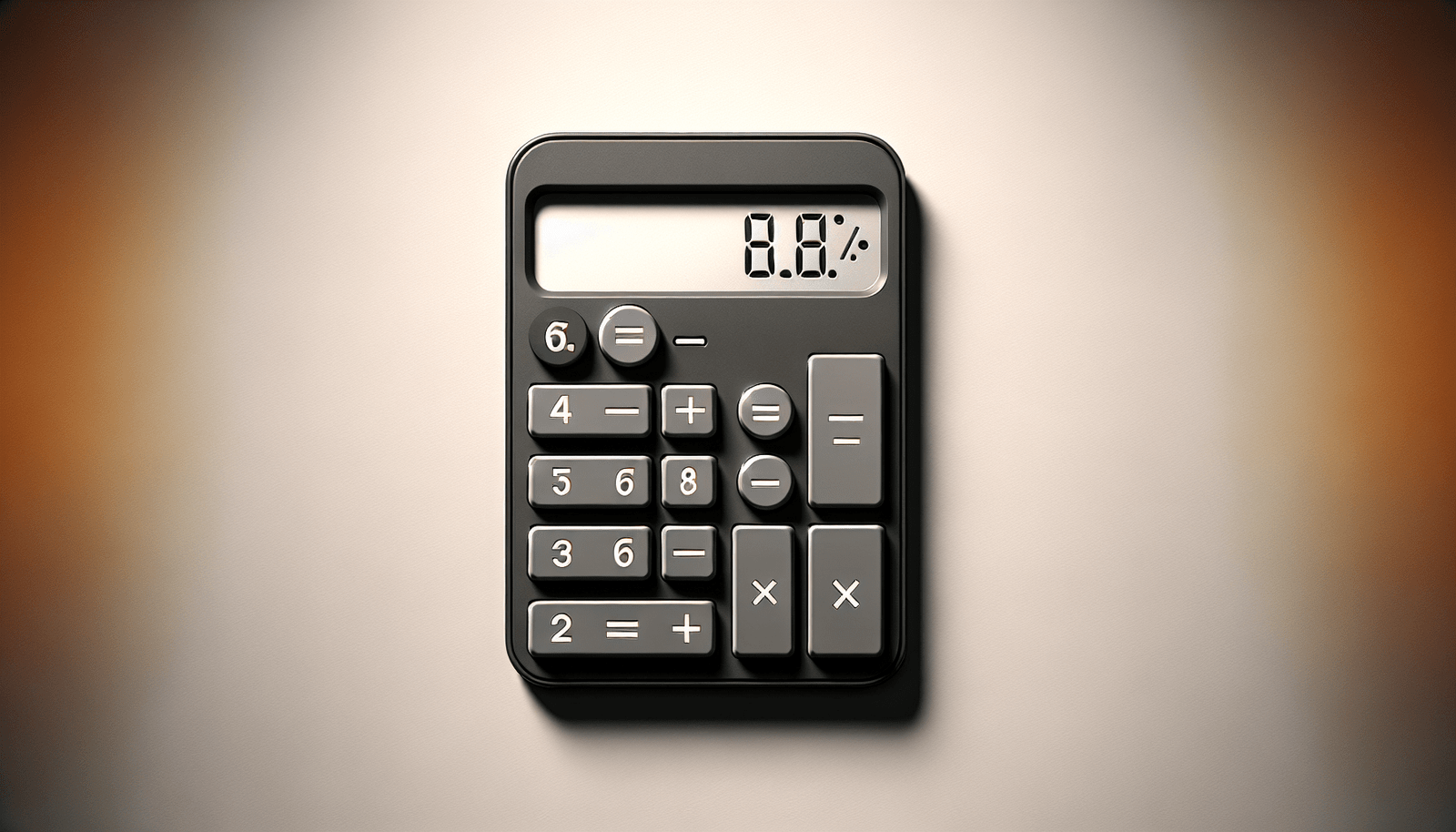Have you ever found yourself needing to quickly calculate the speed, distance, or time for a particular journey or event? Whether you’re a student tackling physics problems, an engineer needing precise measurements, or just someone curious about the time it will take for your next trip, accurate calculations are essential. The speed calculator is an incredibly handy tool designed to simplify these computations using basic mathematical formulas.
The title of our discussion is “The Speed Calculator: Convenience in Motion Calculation.” This article will delve deeply into the purpose, functionalities, and practical applications of this tool, making your calculations straightforward and time-efficient.
 Speed Calculator
Speed Calculator

This image is property of www.calculator.io.
Understanding the Purpose of the Speed Calculator
The main purpose of the speed calculator is to compute speed, distance, and time using basic mathematical principles. By removing the need for manual calculation, this tool saves time and reduces the risk of errors.
Why Use a Speed Calculator?
The speed calculator uses well-known formulas to compute these values accurately. If you’re ever unsure of how to determine any of these factors, the speed calculator provides a simple and reliable solution.
Who Can Benefit?
- Physics Students: Understanding the principles of motion is easier when you have a tool that does the heavy lifting.
- Engineers: Precision is key in engineering, and the calculator ensures accurate measurements.
- General Users: Whether planning a road trip or timing a run, the speed calculator is useful for everyday life.
The Essential Formulas
The speed calculator operates using three fundamental formulas, which you likely encountered in school. Let’s break these down.
| Formula | Description |
|---|---|
| d = st | Distance = Speed × Time |
| s = d/t | Speed = Distance / Time |
| t = d/s | Time = Distance / Speed |
Distance Formula (d = st)
This formula calculates the distance when speed and time are known. For instance, if you’re driving at a speed of 60 mph for 2 hours, you’d cover a distance of 60 mph * 2 hours = 120 miles.
Speed Formula (s = d/t)
To find out how fast you’re going, divide the distance traveled by the time taken. For example, if you traveled 120 miles in 2 hours, your speed would be 120 miles / 2 hours = 60 mph.
Time Formula (t = d/s)
This formula calculates the time taken if the distance and speed are known. For example, driving 150 miles at 50 mph would take 150 miles / 50 mph = 3 hours.
Units of Measurement
One of the significant advantages of the speed calculator is its versatility in handling different units. Whether you’re dealing with feet, miles, kilometers, or nautical miles for distance, or mph, kph, or knots for speed, the calculator has got you covered.
Common Units for Distance and Speed
| Distance | Speed |
|---|---|
| Feet (ft) | Miles per hour (mph) |
| Miles (mi) | Kilometers per hour (kph) |
| Kilometers (km) | Knots (nautical mph) |
Having these options allows you to switch between units easily, making the tool versatile for various scenarios, whether you’re calculating a marathon time or a flight duration.
Practical Applications
The speed calculator is not just a classroom tool; it has numerous practical applications in everyday life and various professions.
Example 1: Marathon Runner
Imagine you’re a runner preparing for a marathon and want to know how long it will take you to complete the race at a specific speed. The distance of a marathon is 26.2 miles. If you plan to run at an average speed of 6 mph, you can use the time formula to find out the duration:
[ t = \frac = \frac}} \approx 4.37 \text{ hours} ]
Example 2: Road Trip Planning
Suppose you’re planning a road trip and need to find out how long it will take to reach your destination. If you’re traveling a distance of 300 miles at an average speed of 60 mph, the calculation is straightforward:
[ t = \frac = \frac}} = 5 \text{ hours} ]
Example 3: Pilot Navigation
For pilots, understanding the distance covered over time at specific speeds is crucial. If a plane travels 500 nautical miles at a speed of 250 knots, the time taken for the journey would be:
[ t = \frac = \frac}} = 2 \text{ hours} ]

This image is property of www.calculator.io.
The Convenience Factor
One of the biggest strengths of the speed calculator is its ability to simplify complex calculations, making it convenient for anyone who needs accurate results without spending too much time.
Avoiding Manual Errors
Manual calculations can often lead to mistakes, especially when dealing with various units and large numbers. The calculator mitigates this risk by providing instant, accurate results.
Time-Saving
By automating the process, you save valuable time that can be better spent on other tasks. This is particularly useful for professionals and students who need to perform multiple calculations in a short period.
DST Triangle: A Handy Visual Aid
Understanding and remembering the formulas can be simplified using the DST triangle, a visual aid that organizes the variables (Distance, Speed, Time) in a triangular layout.
How to Use the DST Triangle
D S | T
- To find Distance (D), cover D and multiply Speed (S) by Time (T).
- To find Speed (S), cover S and divide Distance (D) by Time (T).
- To find Time (T), cover T and divide Distance (D) by Speed (S).
This simple visual aid makes it easy to recall the formulas quickly and accurately.

This image is property of www.calculator.io.
Historical Context of Motion Calculation
Understanding the historical background of how motion calculation formulas were developed can provide a deeper appreciation of their importance and application today.
Ancient Greek Philosophers
Early thoughts on motion and speed can be traced back to ancient Greek philosophers like Aristotle, who laid the groundwork for future scientific inquiry.
Renaissance and Galileo
During the Renaissance, Galileo Galilei made significant advancements in understanding motion, challenging ancient theories and providing empirical evidence to support his findings.
Modern Science and Laplace
In the 18th and 19th centuries, scientists like Pierre-Simon Laplace further refined our understanding of speed, distance, and time, incorporating these principles into the broader realm of physics.
Features of the Speed Calculator
The calculator’s robust features make it an indispensable tool in various scenarios, ensuring it meets the diverse needs of its users.
Multiple Units
Being able to handle multiple units for both distance and speed enables the calculator to be used in various contexts, from everyday activities to specialized professional tasks.
Versatile Applications
Whether you’re a student, engineer, athlete, or traveler, the calculator’s functionalities are versatile enough to meet your specific needs.
Quick Conversions
The ability to convert results into multiple formats ensures that you get the information in the form most useful to you, whether that’s miles per hour, kilometers per hour, or knots.

This image is property of www.calculator.io.
Conclusion
The speed calculator is a powerful tool designed to enhance efficiency and accuracy in calculating speed, distance, and time. By employing straightforward formulas and versatile units, it simplifies complex calculations, making them accessible and error-free. Whether you’re a student, professional, or simply someone looking to make precise calculations, the speed calculator offers convenience and reliability.
Through practical applications, historical insights, and a range of features, the speed calculator proves to be an essential tool, bringing accuracy and convenience to motion calculations. So next time you need to determine how fast you’re going, how far you’ve traveled, or how long it will take to reach your destination, you’ll know exactly which tool to turn to.
